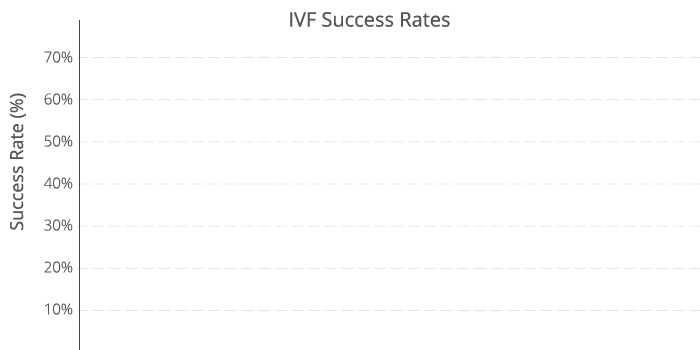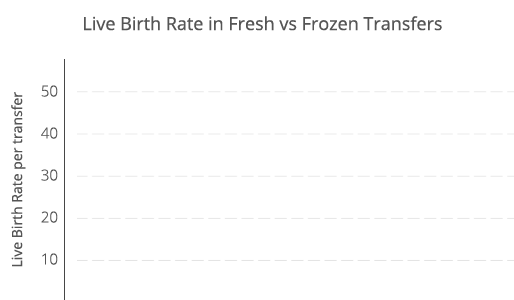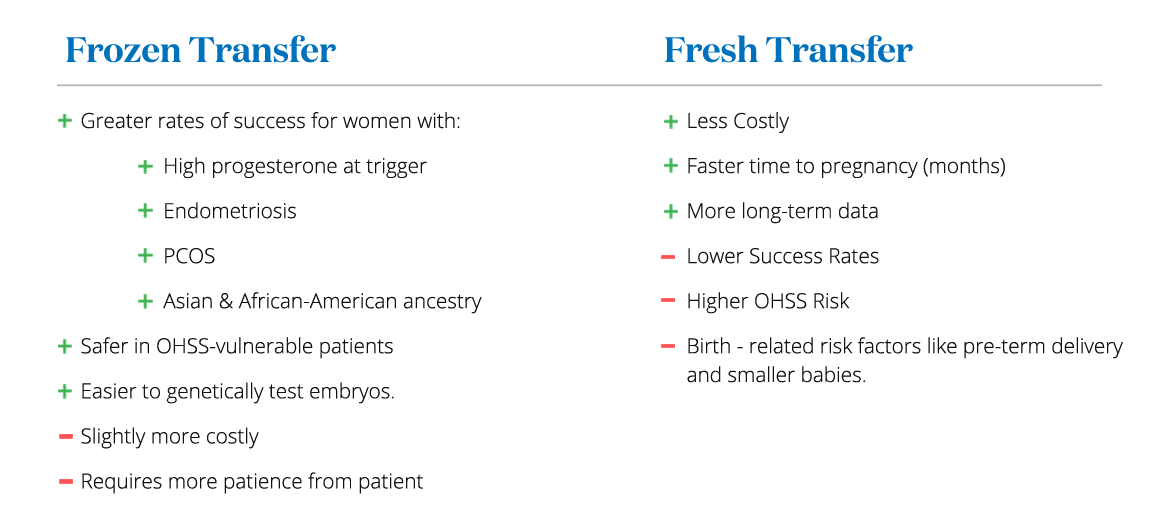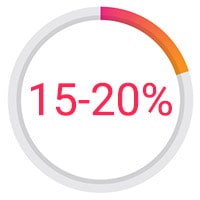IVF is one of the areas where science and life come in close contact by using a combination of medicines and surgical procedures to help fertilize eggs for a successful pregnancy. There is a lot of debate on the success rate of the IVF procedure. Success varies with many factors. Below are a few important ones:

Age

Previous Pregnancy.

Type of Fertility Problems.

Use of Donor Eggs.

Lifestyle Habits.

Clinic itself.
The success rate of IVF with fresh (same) cycle transfer is 35% to 45% worldwide. In the case of IVF with FET(Self) or Donor Eggs, the success rate can be improved to 50% to 65%.
Source: https://www.sartcorsonline.com/rptCSR_PublicMultYear.aspx?reportingYear=2017
Source: https://www.sartcorsonline.com/
rptCSR_PublicMultYear.aspx?reportingYear=2017
Crucial Steps & Choices During IVF
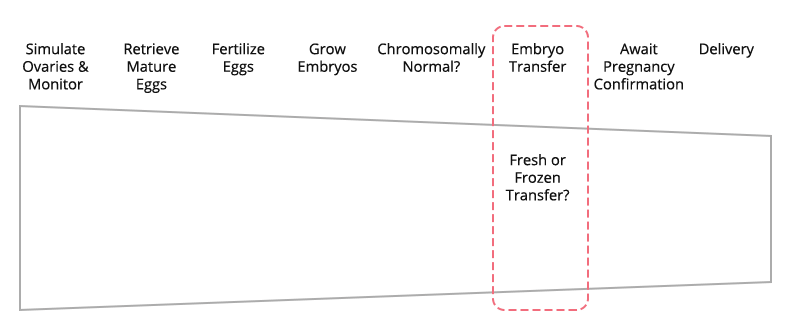
Fresh (same) Cycle Transfer
The best embryos are transferred into the uterus only three to five days after the retrieval in the same cycle. Any remaining embryos are frozen for a future transfer if needed.
Frozen Embryo Transfer
All the embryos could be frozen immediately, including the best embryos, to be thawed for a transfer at the next cycle or a later date.
FET occurs a significant amount of time after a woman’s ovaries are stimulated with medications. This allows the hormone levels in the body to return to normal and mimics a natural conception. This has a positive impact on the health of the baby.
Study shows that increasing the time between administering the drugs and pregnancy lowers the chances of a woman’s risk of Ovarian Hyperstimulation Syndrome (OHSS).
FET allows clinicians to be more flexible and use drugs which lowers the risk of OHSS to almost nil. We are proud that IHR is an OHSS free clinic.
Also, the live birth rate per transfer is higher with FET when compared to Fresh Cycle Transfer.
Certain procedures that can increase the standard IVF success rate:
Pre-implantation Genetic Testing (PGT)
PGT may be useful in elderly patients or patients with poor AMH (Anti-Mullerian Hormone) who want to try IVF with their own eggs, also used in patients with a history of a genetic disorder.
Endometrial Receptivity Analysis (ERA)
Performed using a biopsy of the uterine lining for testing its receptivity for embryos on the day of the transfer. Done selectively in cases of recurrent IVF failure.
Frozen Embryo Transfer (FET)
Cryopreserved embryos created in the first IVF cycle are thawed and transferred in the next cycle.
Hysteroscopy
Hysteroscopy - both diagnostic as well as therapeutic done before IVF to detect Uterine defects and to confirm the site for embryo transfer(Trial ET).
Intracytoplasmic Sperm Injection (ICSI)
A single sperm is inserted into the ovum using specialized equipment, done for the cases of very very low sperm count or previous history of poor fertilization or in case of PGT.
Platelets Rich Plasma (PRP)
PRP can be either Endometrial PRP or Ovarian PRP. It is extracted from patients' blood and is injected into the endometrium for cases of thin endometrium to improve endometrial lining or it may be injected into the ovary to improve ovarian functions in elderly patients or patients with poor AMH (Anti-Mullerian Hormone).
Magnetic Activated Cell Sorting (MACS)
MACS is an advanced semen preparation technique, that may help in cases of recurrent IVF failures or patients with high DFI (DNA Fragmentation Index)
Laser Assisted Hatching (LAH)
A small crack in the outer coating of the embryo(zona) Is made with the help of a laser to assist embryo hatching and implantation and may be helpful in cases of recurrent IVF failures after Frozen Embryo Transfer (FET)

.png) 0361-2800800
0361-2800800 (+91) 9864103333
(+91) 9864103333




